Presented by AMD
From the dance floor to the data center
How tech innovation is changing and shaping our personal and working lives for the better

More than 1.5 million people have now seen the ABBA Voyage show since it debuted in 2021. This was the first gig the band had performed together in almost 40 years and, thanks to modern technology, they didn’t technically perform at any of the live shows.
Instead, AI and motion-capture technology allowed the Swedish quartet to reach a younger audience and breathe new life into their work. To make the show happen, the original band members wore motion-capture suits while performing a 22-song set in front of some 160 cameras that were used to follow their movements and sounds over five weeks – younger body doubles also helped out.
However, what you see from the dance floor is actually holograms, dubbed ABBAtars. These were created by the visual effects specialist Industrial Light & Magic (ILM) - one of many companies using the latest hardware and software to create award-winning experiences.
The visual effects that have brought ABBA back to the stage would have taken years to create not so long ago, but now advances in processors, computers, and AI are changing the way we live and work. What’s more, it’s also helping to set us up for success in both areas.
Background magic
Like ILM, Wylie.co has also pushed the boundaries of special effects, with its work on the blockbuster films Dune and Dune Part 2. The first installment of Dune was nominated for 10 Academy Awards and won 6, including Best Special Effects.
Wylie was founded in 2015 under the idea that it was possible to build a smaller team that could be more efficient and more capable of doing large chunks of work on feature films, according to its CEO Jacob Maymudes.
“We create pre-vis, post-vis, and visual effects finals,” Maymudes says. “We do that in a very efficient manner, and we also do that at a higher quality than most other visual effects vendors provide.”
For Dune, Wylie’s teams created highly detailed effects, large and small, throughout the film, from massive background structures to minuscule tweaks such as the color of a character’s eyes. For this kind of data-heavy work, companies tend to choose high-performance hardware, and that is certainly the case with ILM and Wylie, with both partnering with AMD to tap into the power of the chip giant’s Threadripper Pro processor which powers the Lenovo ThinkSystem P620.
RELATED WHITEPAPER

On Dune, Wylie needed to turn around hundreds and hundreds of post-vis shots and hundreds and hundreds of final shots, according to Maymudes. To achieve that goal the firm deployed dozens of Lenovo’s P620 ThinkStations to its in-office and remote teams, allowing work to be created anywhere and at any time.
“To be successful in this business, you have to be incredibly efficient and in order to do that you have to have the best hardware,” Maymudes says. “In our research, we found the AMD Ryzen Threadripper Pro. It had an immense number of cores and just an unfathomable amount of bandwidth. And that’s what we needed.”
The ultrasound people
By 2030, most major blockbuster films will be 90% created with AI, according to Gartner – reportedly none were generated in such a way in 2022. Similar predictions are being made in other sectors and other fields of work, with new advances enabling new ways of working and even better ways of living.
Physicians at the Elk Valley Hospital in Fernie, Canada struggled to treat patients who needed ultrasound scans because they didn’t have the equipment. Fernie is a town of 5,000 people, and its main medical facility had limited resources; no CT scans, no diagnostic ultrasound system. What's more, sometimes it couldn’t even provide X-rays. The residents of Fernie would have to travel hundreds of miles for diagnostic ultrasounds and in the winter that was a significant risk due to the remote location and heavy snowfall.
“Traditional ultrasound systems are expensive, they’re not portable, and they’re very difficult to use,” says Ohad Arazi, the president and CEO of Claruis Mobile Health. “We got really excited about creating a solution that’s wireless, that’s inexpensive, and that’s powered by artificial intelligence.”
Claruis’ solution was to provide adaptive computing and AI technology in a handheld ultrasound machine. The device allowed doctors to give the residents quick and simple scans at their local hospital thanks to the innovative processor technology inside.
RELATED WHITEPAPER

With an AMD ZYNQ chip embedded in the device, the Clarius handheld solves several technical challenges by creating a platform that pulls software, automation, and artificial intelligence onto a single platform. This is a life-changing example of edge computing that has harnessed the potential of AI.
Korean cloud company Kakao i Cloud has also used AMD tech to develop innovative AI services, with CPUs and GPUs powering its data centers and its edge technology. The company harnesses the AMD Epyc ‘Genoa’ processor and the Alved V70 GPU to power facial recognition and privacy systems
“As a leading cloud service, Kakao i Cloud is focused on providing a platform with convenient access to high-performance cloud built on AI technology,” says Steve Lee, the CEO of Kakao i Cloud.
AI is an incredibly transformational technology when applied to a wide range of settings and sectors, from entertainment to healthcare and everything in between.
Whether we’re in the office or working remotely, so much more can be achieved thanks to data being processed in real-time, from the edge. Our work and the decisions we can make are becoming faster, more efficient, and, most crucially, more reliable.
Sign up today and you will receive a free copy of our Future Focus 2025 report - the leading guidance on AI, cybersecurity and other IT challenges as per 700+ senior executives
Bobby Hellard is ITPro's Reviews Editor and has worked on CloudPro and ChannelPro since 2018. In his time at ITPro, Bobby has covered stories for all the major technology companies, such as Apple, Microsoft, Amazon and Facebook, and regularly attends industry-leading events such as AWS Re:Invent and Google Cloud Next.
Bobby mainly covers hardware reviews, but you will also recognize him as the face of many of our video reviews of laptops and smartphones.
-
 What businesses need to know about data sovereignty
What businesses need to know about data sovereigntyWithout a firm strategy for data sovereignty, businesses put their data and reputations at risk
-
 Anthropic says MCP will stay 'open, neutral, and community-driven' after donating project to Linux Foundation
Anthropic says MCP will stay 'open, neutral, and community-driven' after donating project to Linux FoundationNews The AAIF aims to standardize agentic AI development and create an open ecosystem for developers
-
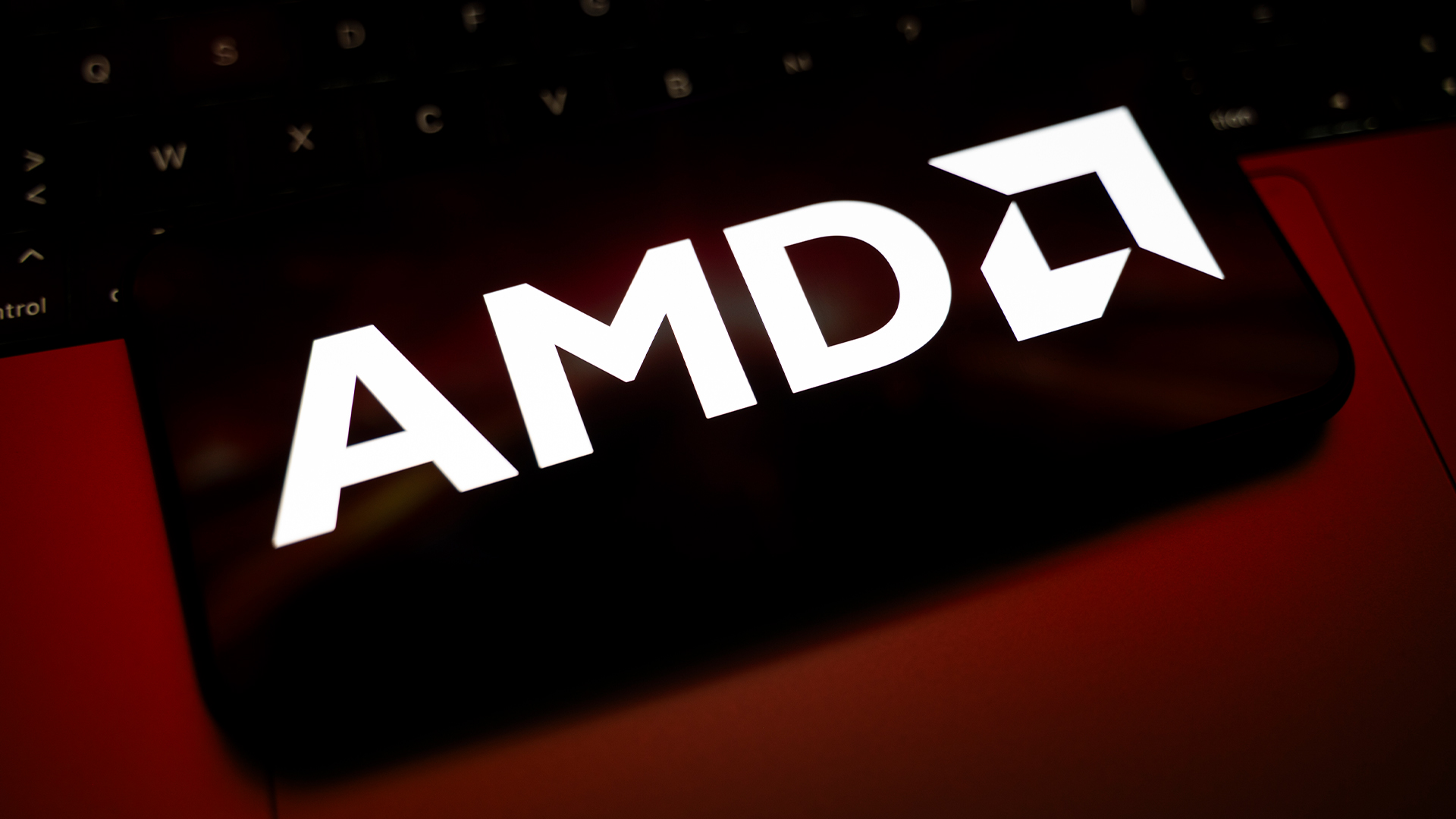 France is getting its first exascale supercomputer – and it's named after an early French AI pioneer
France is getting its first exascale supercomputer – and it's named after an early French AI pioneerNews The Alice Recoque system will be be France’s first, and Europe’s second, exascale supercomputer
-
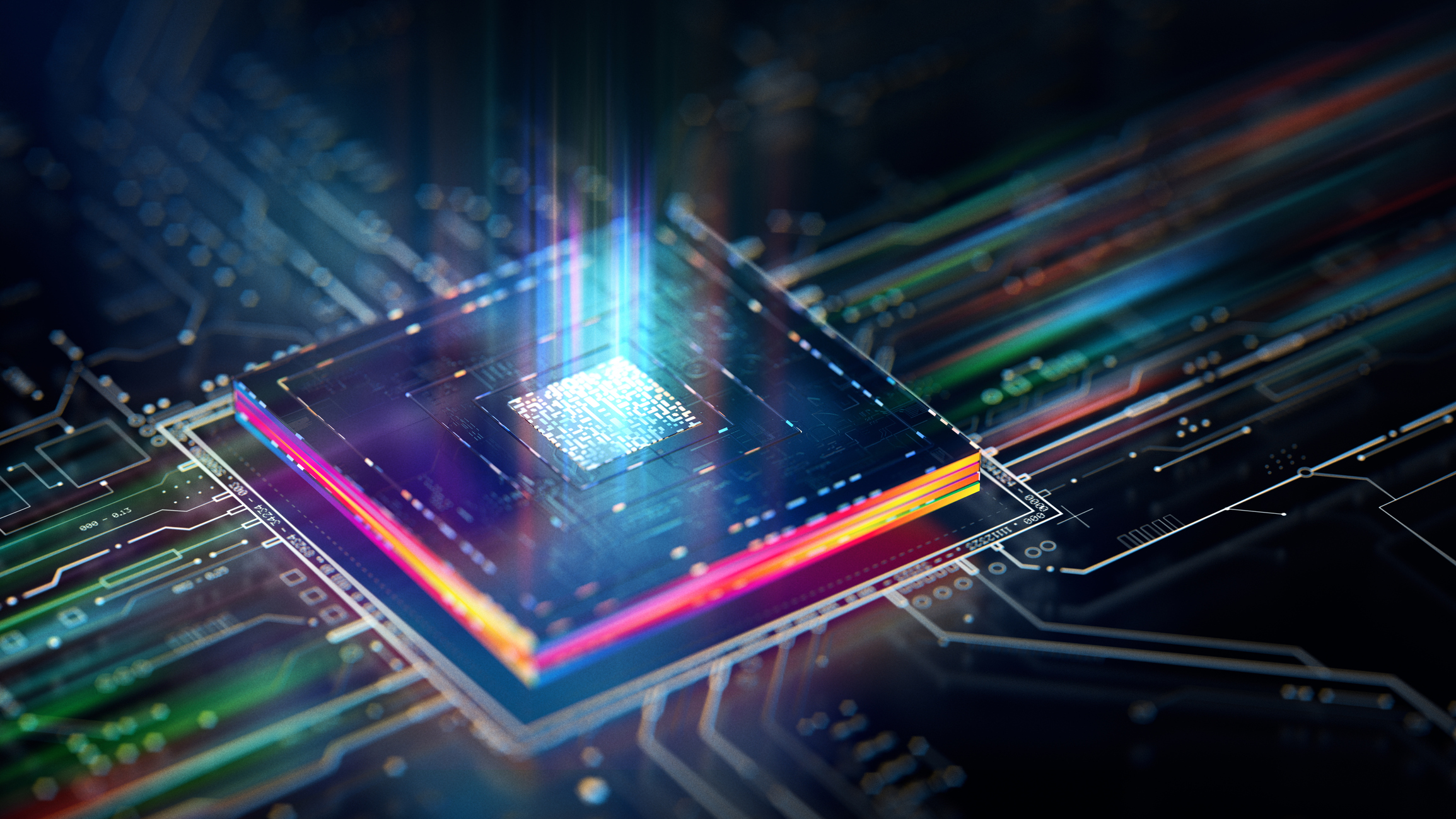 The role of the CPU in the AI era
The role of the CPU in the AI eraSupported The backbone of enterprise AI, CPUs are the unsung heroes of inference
-
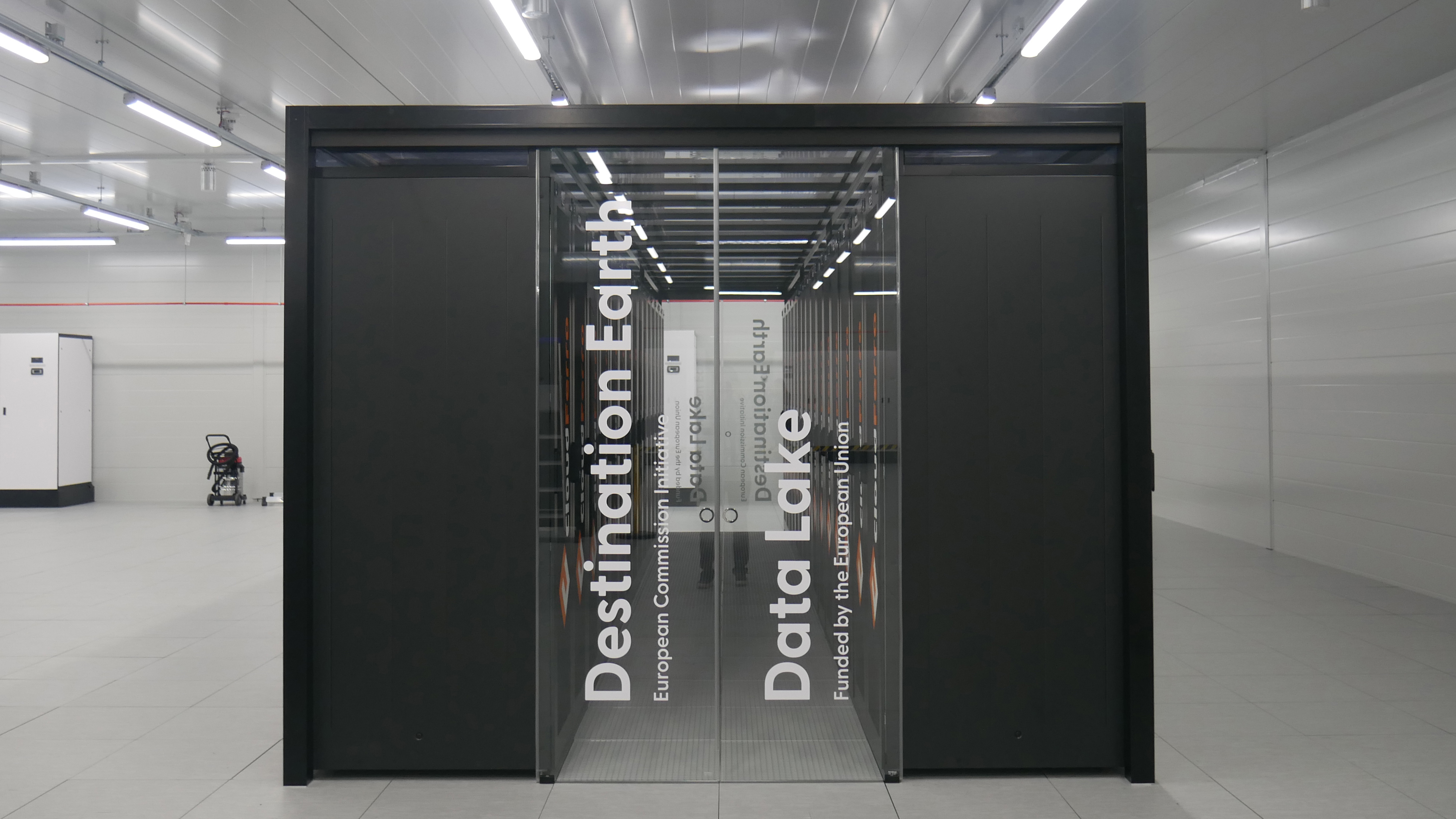 Supercomputing in the real world
Supercomputing in the real worldSupported From identifying diseases more accurately to simulating climate change and nuclear arsenals, supercomputers are pushing the boundaries of what we thought possible
-
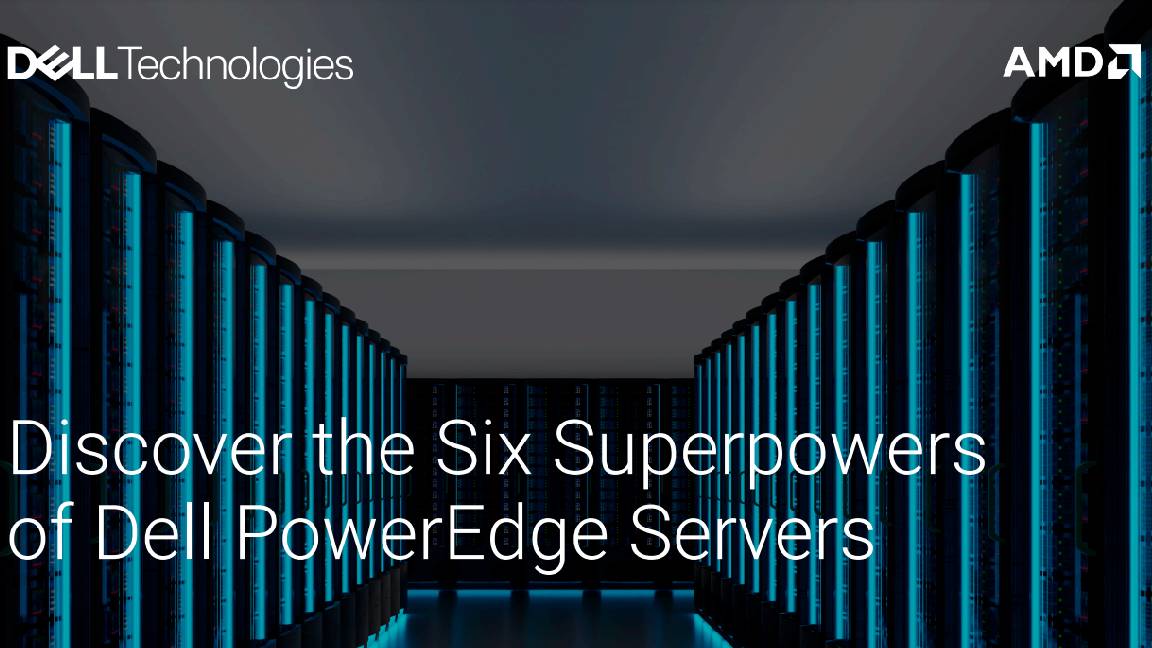 Discover the six superpowers of Dell PowerEdge servers
Discover the six superpowers of Dell PowerEdge serverswhitepaper Transforming your data center into a generator for hero-sized innovations and ideas.
-
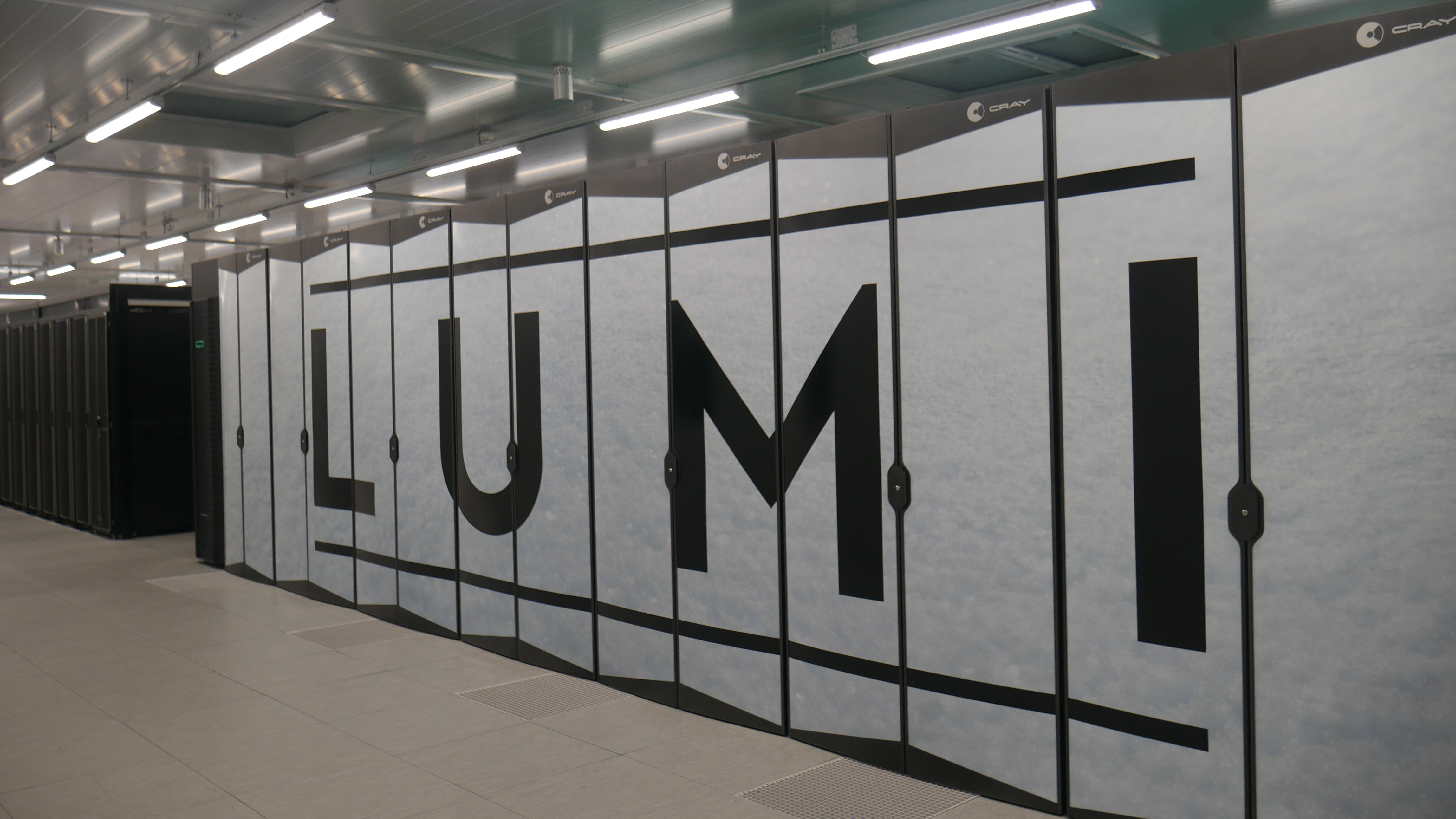 Inside Lumi, one of the world’s greenest supercomputers
Inside Lumi, one of the world’s greenest supercomputersLong read Located less than 200 miles from the Arctic Circle, Europe’s fastest supercomputer gives a glimpse of how we can balance high-intensity workloads and AI with sustainability
-
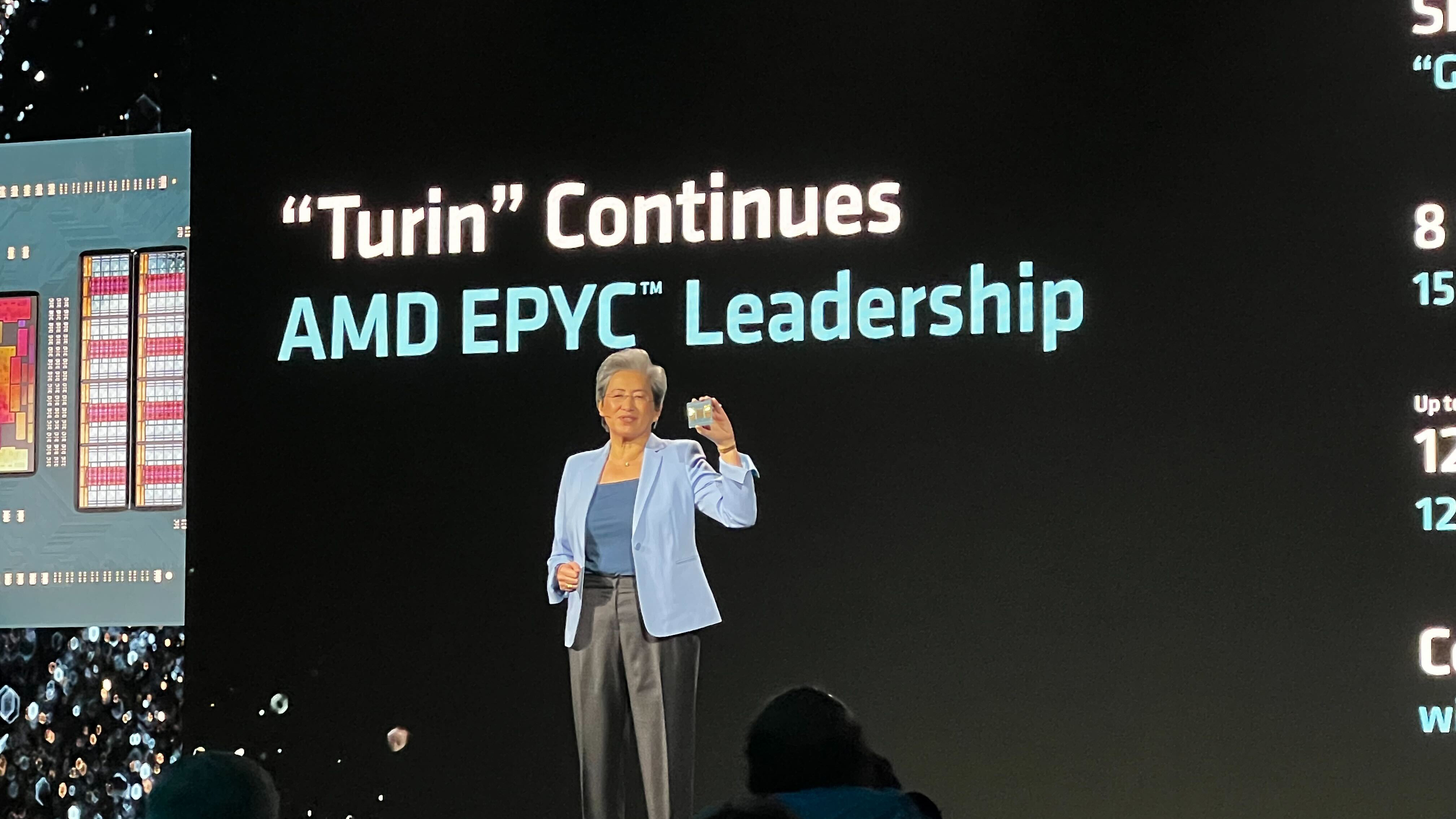 AMD eyes networking efficiency gains in bid to streamline AI data center operations
AMD eyes networking efficiency gains in bid to streamline AI data center operationsNews The chip maker will match surging AI workload demands with sweeping bandwidth and infrastructure improvements
-
 Enhance end-to-end data security with Microsoft SQL Server, Dell™ PowerEdge™ Servers and Windows Server 2022
Enhance end-to-end data security with Microsoft SQL Server, Dell™ PowerEdge™ Servers and Windows Server 2022whitepaper How High Performance Computing (HPC) is making great ideas greater, bringing out their boundless potential, and driving innovation forward
-
 Dell PowerEdge Servers: Bringing AI to your data
Dell PowerEdge Servers: Bringing AI to your datawhitepaper How High Performance Computing (HPC) is making great ideas greater, bringing out their boundless potential, and driving innovation forward

